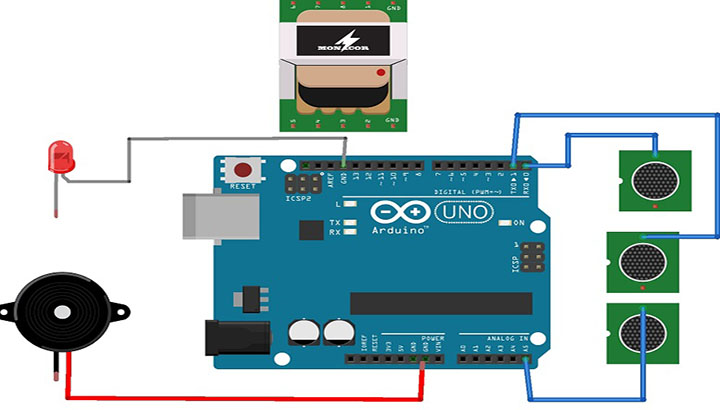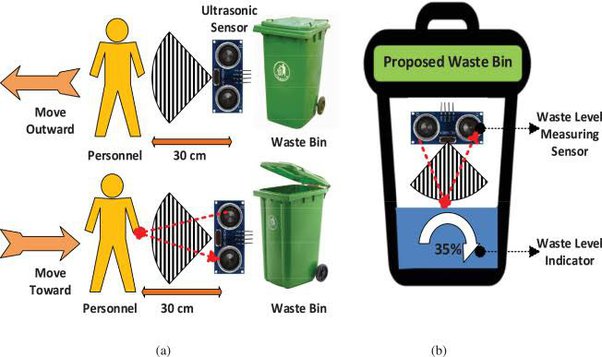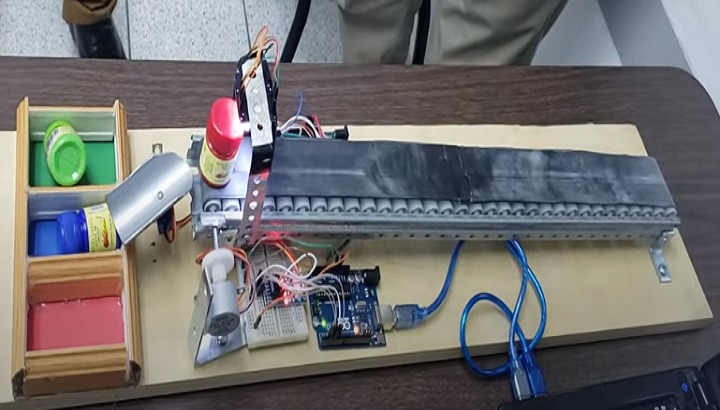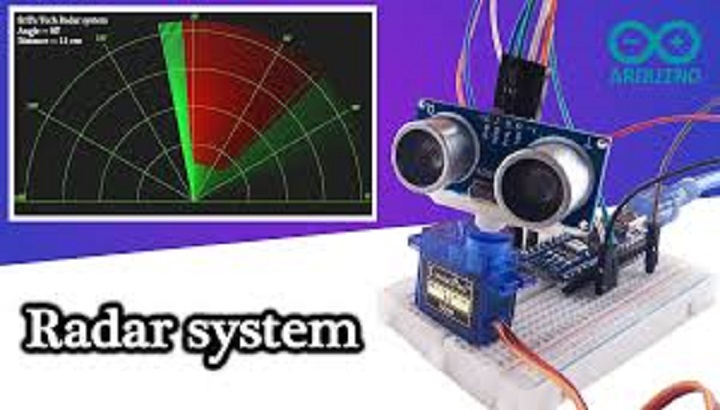Smart Noise Control System for Educational and Office Environments

Noise pollution is a significant yet often overlooked environmental issue, impacting millions of people daily. Common health problems resulting from noise pollution include hearing loss, high blood pressure, heart diseases, sleep disturbances, stress, and headaches. The challenge in mitigating noise pollution lies in its detection and the subsequent silencing of the noise source, a task that is impractical to perform manually.
This project proposes an automatic noise pollution measurement and silencing system designed for use in environments such as schools, colleges, libraries, and offices. The system detects noise levels in real-time and automatically triggers alerts when the noise exceeds predefined thresholds, thereby facilitating noise control.
Key features of the system include:
- Automatic detection of noise levels.
- Real-time display of current noise levels.
- Automated alerts if noise levels exceed set thresholds.
- Customizable noise level settings based on specific requirements of the facility.
The system utilizes an array of microphones to accurately measure noise levels in three directions. An Arduino-based controller processes the noise data from these microphones continuously. Users can set the maximum allowed noise levels using the display and buttons on the device. When noise levels remain below the set threshold, the system status is indicated as green. If the noise exceeds the threshold, the system triggers a buzzer alert and displays a message, prompting individuals to reduce noise levels. The alert persists until the noise returns to acceptable levels, upon which the system reverts to green status.
While this project employs an Arduino controller, it can also be enhanced by using an ESP8266 module to send data online for remote monitoring and control. Alternatively, integrating a GSM module with the Arduino can enable SMS notifications for noise level alerts, further expanding the system's versatility and application in various settings.
This innovative solution provides an effective and automated approach to managing noise pollution, ensuring a quieter and healthier environment in various settings.
Related project idea for free
Smart Dustbin for Clean City IOT Based Project
In the modern era of smart technology, efficient waste management is a significant concern, particularly in urban areas. This project introduces an innovative smart dustbin system designed to enhance hygiene, convenience, and efficiency in waste disposal. The core of the system is an ESP8266 micr...
Read more>>Smart Urban Gardening System
Urban gardening has become increasingly popular as city dwellers seek to grow their own food and green their living spaces. However, managing an urban garden efficiently can be challenging due to space constraints and the need for continuous monitoring and care. The Smart Urban Gardening System a...
Read more>>Smart Truck Bed Cover System with ESP8266 Integration
The Smart Truck Bed Cover System integrates ESP8266 technology with various components to create an automated and responsive solution for truck bed covers. This project utilizes a servo motor, buzzer, LED indicators, tent cover, and rain sensor to enhance usability, protection, and convenience for t...
Read more>>Conveyor Belt Control System with ESP8266 and Servo Motor for Item Sorting
The Conveyor Belt Control System with ESP8266 and Servo Motor is an advanced project designed to automate the control, monitoring, and sorting of items on a conveyor belt. This system uses the ESP8266 Wi-Fi module for wireless communication, enabling remote management and real-time monitoring of con...
Read more>>Arduino-Powered Proximity Sensing Radar
This project aims to develop a simple radar system using Arduino, incorporating a variety of electronic components including an ultrasonic sensor, buzzer, LED, LCD display, and a servo motor. The primary objective is to detect objects within a defined range and provide visual and auditory alerts. <...
Read more>>




